Introduction to Dog Canine Performances
Dog canine performances are carefully choreographed acts where dogs display obedience, agility, tricks, or specialized skills. Whether in competitions, theatrical shows, or online videos, these performances celebrate canine intelligence and the deep bond between dogs and their human trainers.
The process includes selecting suitable dogs, understanding their unique traits, consistent training, and creating routines that highlight their strengths. A successful performance also depends on recognizing the dog’s comfort, ensuring safety, and promoting positive interactions.
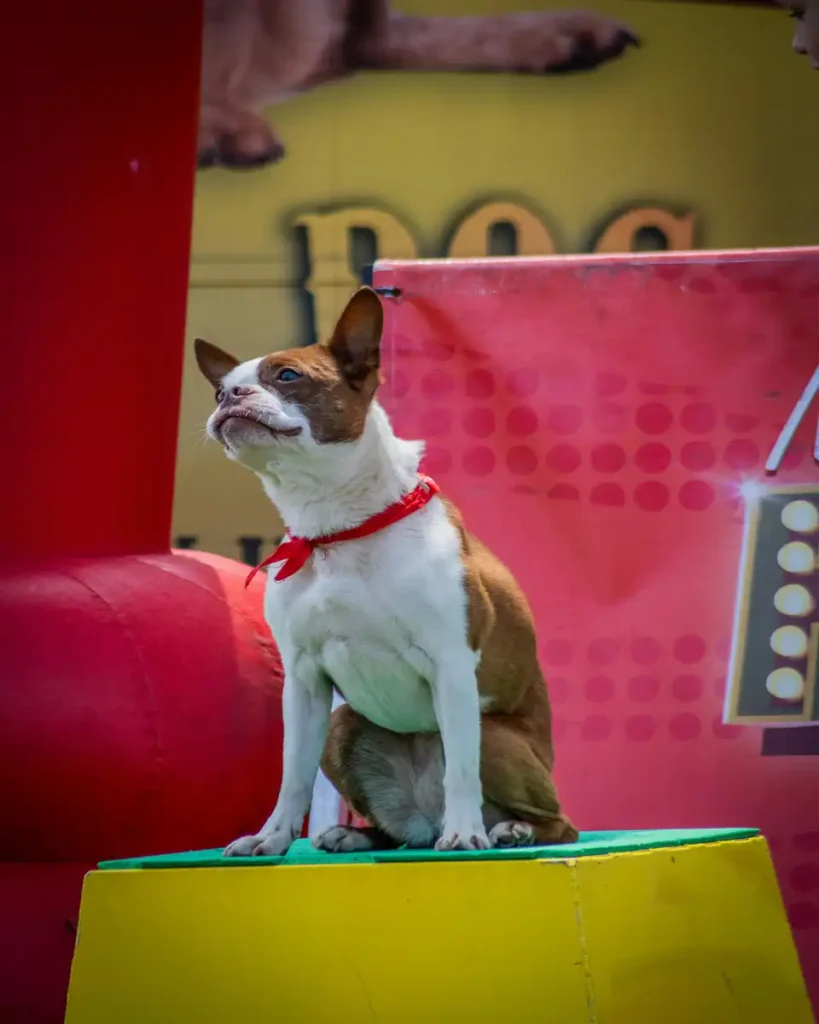
Many performances today focus on storytelling, where the dog’s actions support a theme or narrative, appealing to viewers emotionally and visually. This makes each show a memorable display of canine talent and human partnership.
Dog Canine’s Potential
Every dog breed has unique qualities that can shape its performance style. For instance, Cocker Spaniels are known for their friendly temperament and agility, making them excellent candidates for obedience and trick performances. Understanding a dog’s lifespan and breed-specific traits helps trainers develop routines that suit the dog’s age and physical abilities.
| Dog Breed | Average Lifespan | Ideal Performance Type | Special Care Notes |
| Cocker Spaniel | 12-15 years | Agility, tricks, obedience | Regular grooming & exercise |
| Border Collie | 13-16 years | Herding simulations, agility | High mental stimulation needed |
| Labrador Retriever | 10-12 years | Obedience, water tricks | Requires regular exercise |
| German Shepherd | 9-13 years | Protection demonstrations | Intensive training necessary |
This table is a quick guide to selecting the right dog breed for specific canine performance types. Matching the skill set to the dog’s natural talents maximizes success while making training a positive experience.
Techniques for Dog Canine
Training is the backbone of any dog canine performance. It involves breaking down tasks into simple steps and encouraging the dog with treats, praise, and consistent commands. Here is a general overview of effective training methods:
Positive Reinforcement
Positive reinforcement involves rewarding the dog immediately after it performs a desired action. Rewards can be treats, toys, or affection. This method builds trust and motivates the dog to repeat behaviors.
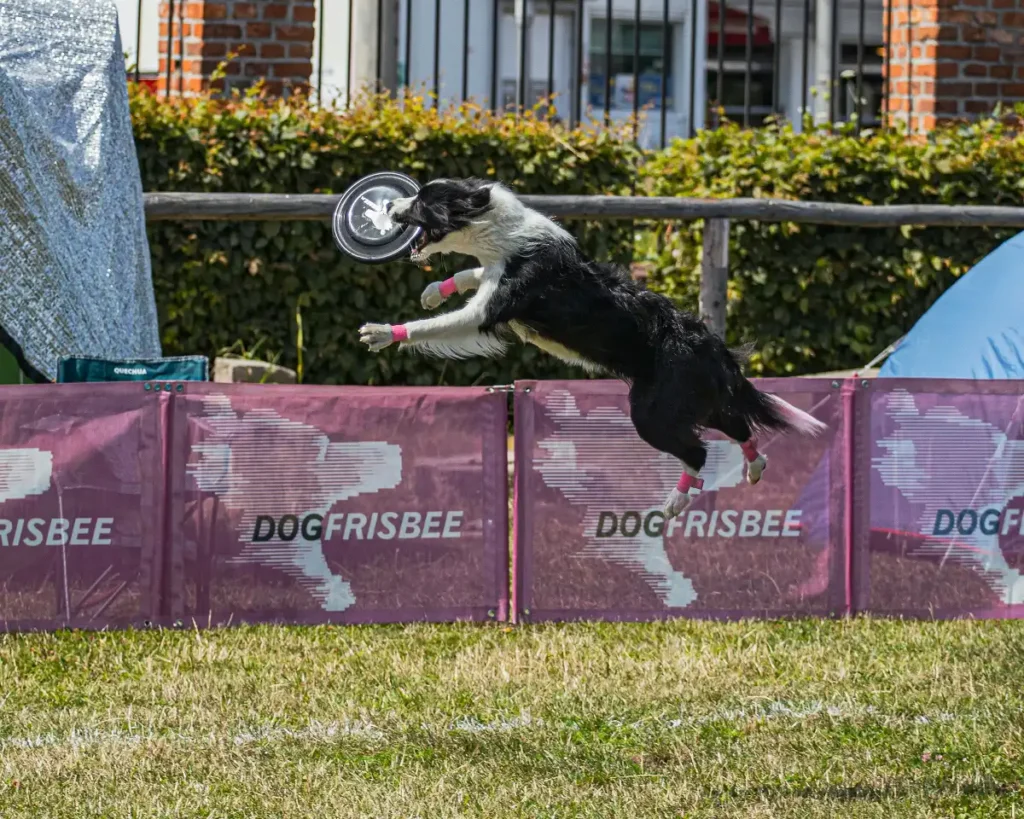
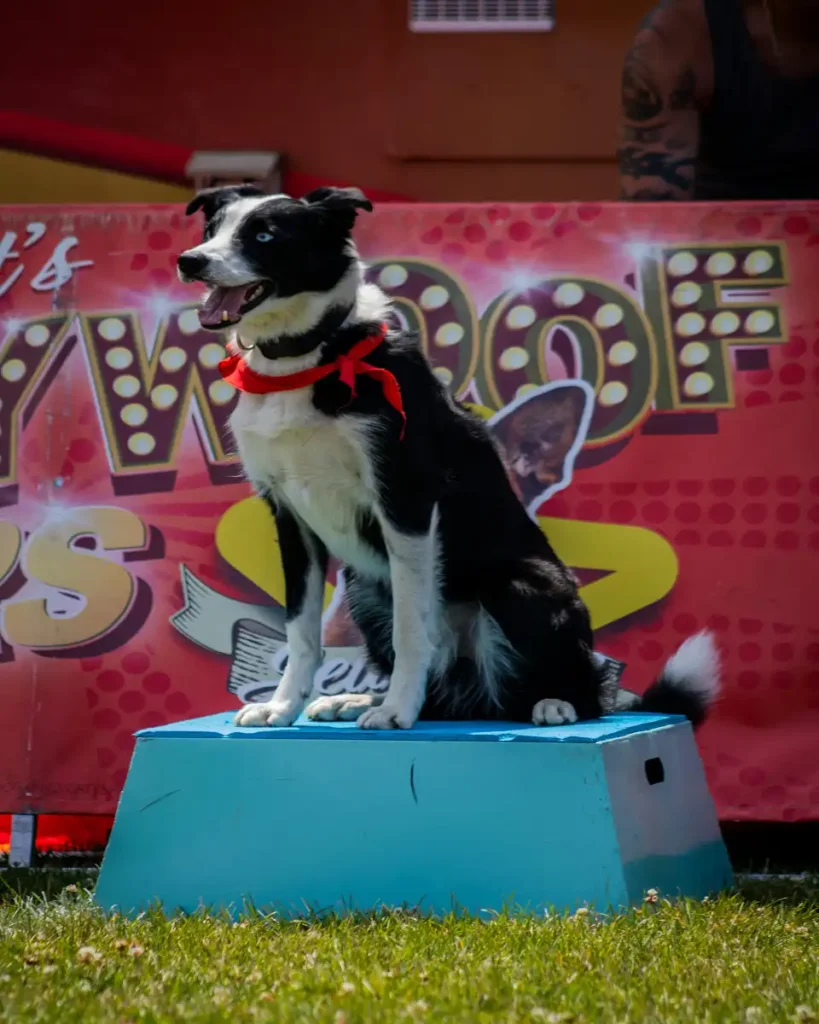
Consistency and Patience
Dogs learn best when training is consistent and delivered with patience. Short, lifespan Dog Breed frequent sessions work better than long, spaced-out training. Keep commands simple and clear.
Socialization and Exposure
Exposing dogs to different environments, noises, and people helps reduce anxiety during performances. Early socialization is key to confident stage presence in any show.
Advanced Commands and Tricks
After mastering basic obedience, trainers can teach advanced tricks like jumping through hoops, weaving between cones, or even “doggy dancing.” Combining multiple tricks into a routine gives a professional finish to the show.

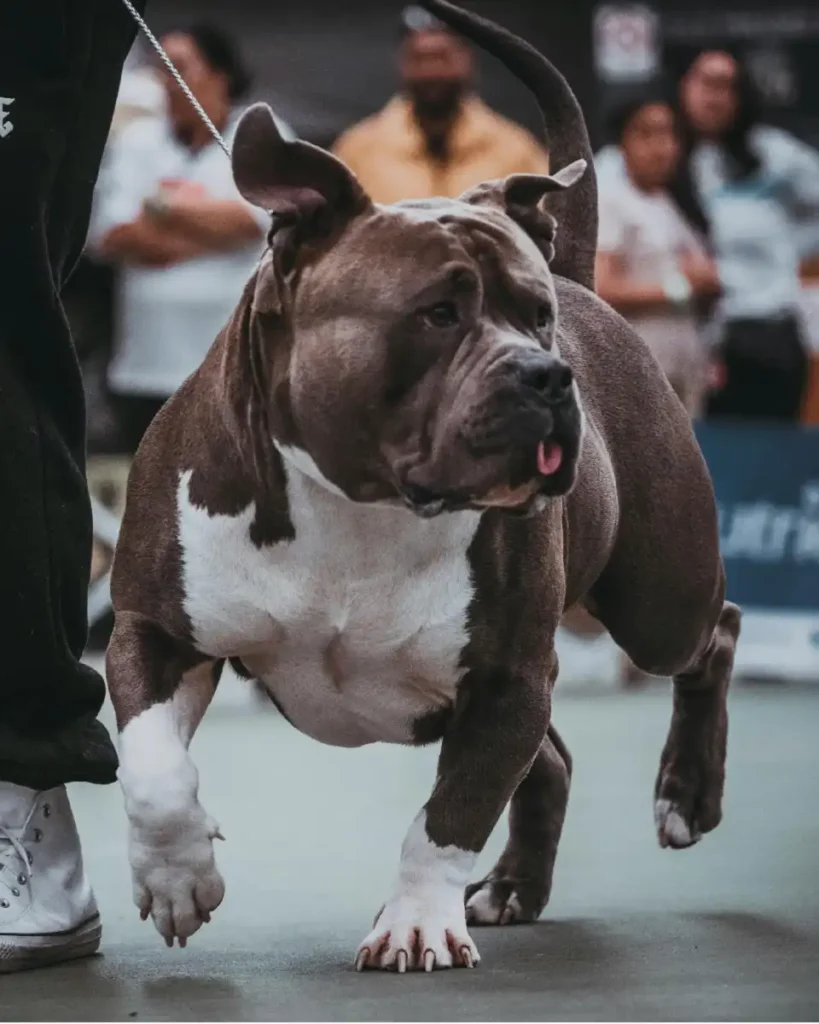
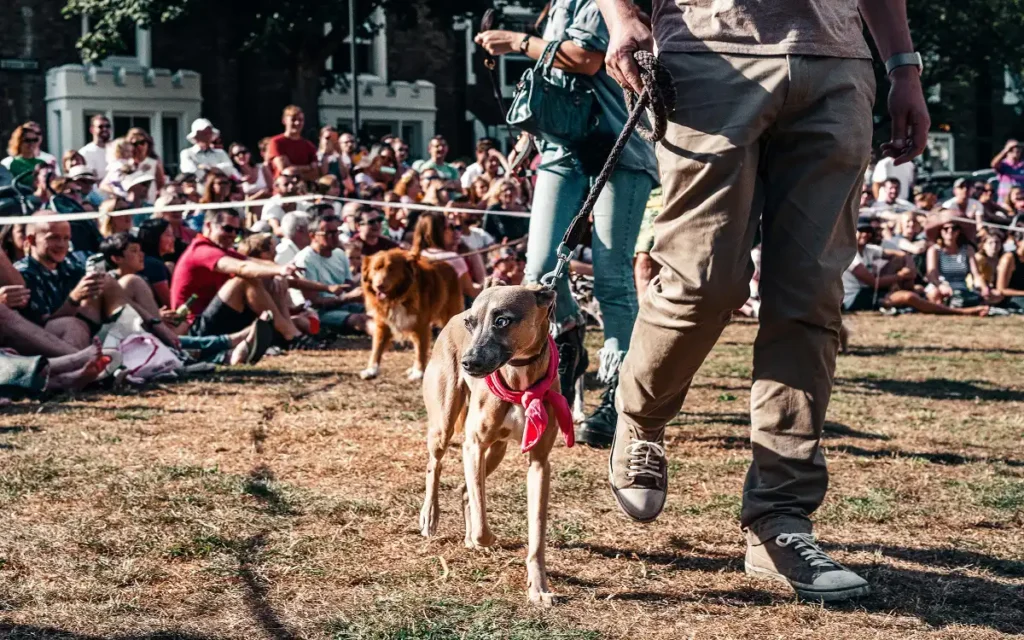

Preparing the Perfect Environment
The right environment is essential for showcasing dog canine performances effectively. It should be safe, spacious, and free from distractions. Here are some critical components of an ideal setup:
- Performance Space: An open area with non-slip flooring helps prevent injuries.
- Sound and Lighting: Gentle lighting and clear sound systems enhance audience engagement without overwhelming the dog.
- Audience Control: Managing audience proximity and noise levels keeps the dog focused.
- Dog Crates for Breaks: Quality dog crates provide a secure resting spot backstage. Crates help dogs relax and regain energy between performances, ensuring they stay calm and ready.
The Role of Storytelling in Dog Canine Shows
Adding a storyline to a dog performance transforms it from a simple display of tricks to an emotional experience. Storytelling helps connect the audience to the performer by giving context to the dog’s actions.
For example, a story about a Cocker Spaniel helping with farm chores can be combined with herding and fetching tricks, while also demonstrating the dog’s natural behaviors. Using costumes, props, and background music can enrich this narrative style.
The art of performance is not just in the dog’s skill but also how well trainers craft the story that accompanies the show.
Popular “Crate Dog” Movies and Their Influence
Movies featuring dogs often shape public perceptions of dog abilities and canine-human bonds. Films depicting dogs in crates, such as the popular crate dog movies, highlight the connection and trust built through training and care.
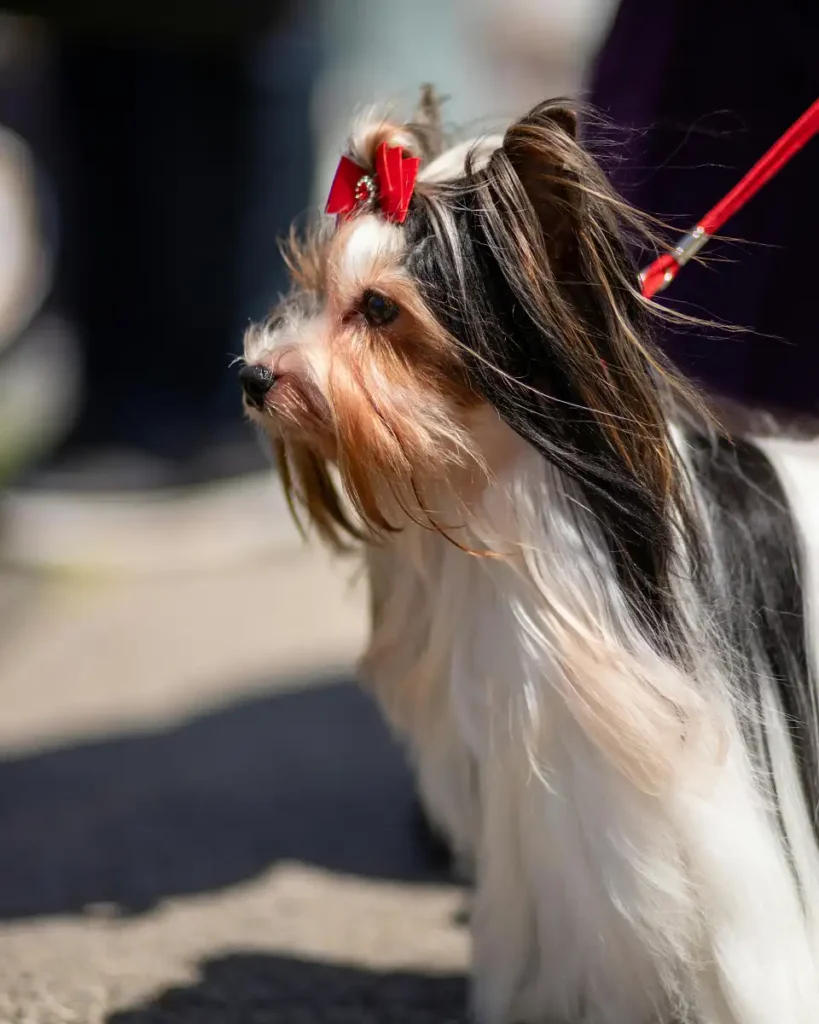
These movies inspire trainers and owners to create humane crate training techniques that improve dog welfare while supporting performance readiness. Watching such films helps enthusiasts visualize how training and performances can be achieved with kindness and creativity.
Tips for Health and Well-being During Performances
Maintaining a dog’s health is vital for successful performances. Here are some important tips:
- Provide balanced nutrition suited to the dog breed’s needs to support energy levels.
- Regular veterinary checkups catch health issues early.
- Avoid over-training; monitor signs of fatigue or stress.
- Use dog crates for resting and hydration breaks during long rehearsals or events.
- Groom regularly, especially for breeds like Cocker Spaniels, which require coat care to stay comfortable.
How to Get Started with Your Dog Canine Performance
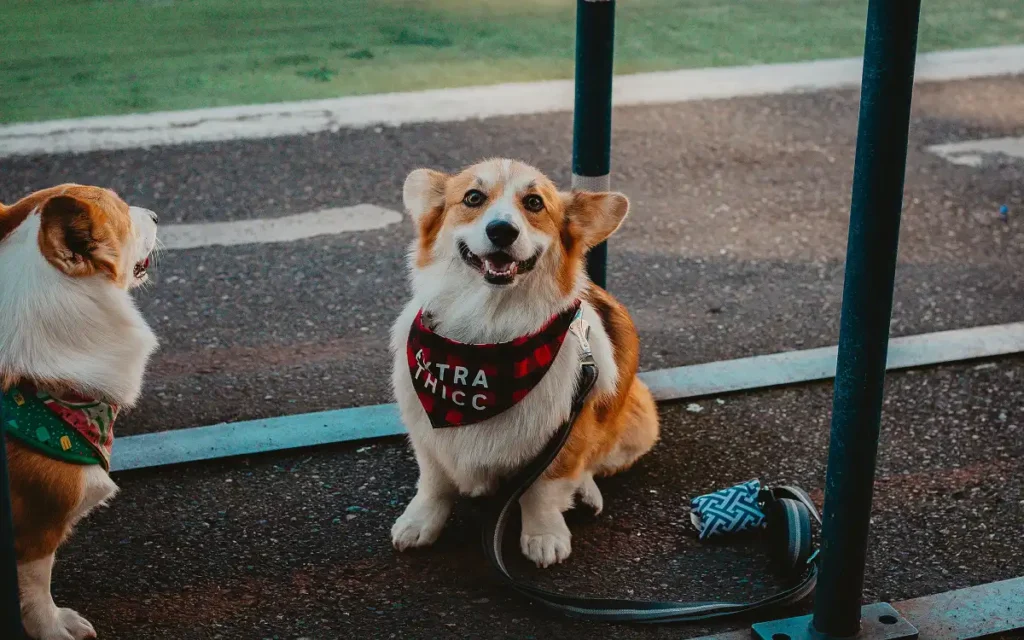
Begin by assessing your dog’s personality and strengths. Start training with simple commands and gradually introduce performance elements. Attend local dog training clubs or workshops to gain insights and connect with trainers.
Joining dog performance competitions or shows provides a platform to showcase your dog’s skills and learn from others. Social media also offers a vast audience; sharing videos can attract attention and support.
Remember, the key to success is making the experience enjoyable for both you and your dog.
Conclusion
Showcasing dog canine performances blends skill, creativity, and compassion into an engaging art form that celebrates the bond between humans and dogs. From selecting the right dog breed and training with patience to preparing the environment and crafting stories, every aspect contributes to a successful show.
For More Details Visit Talent Dogs

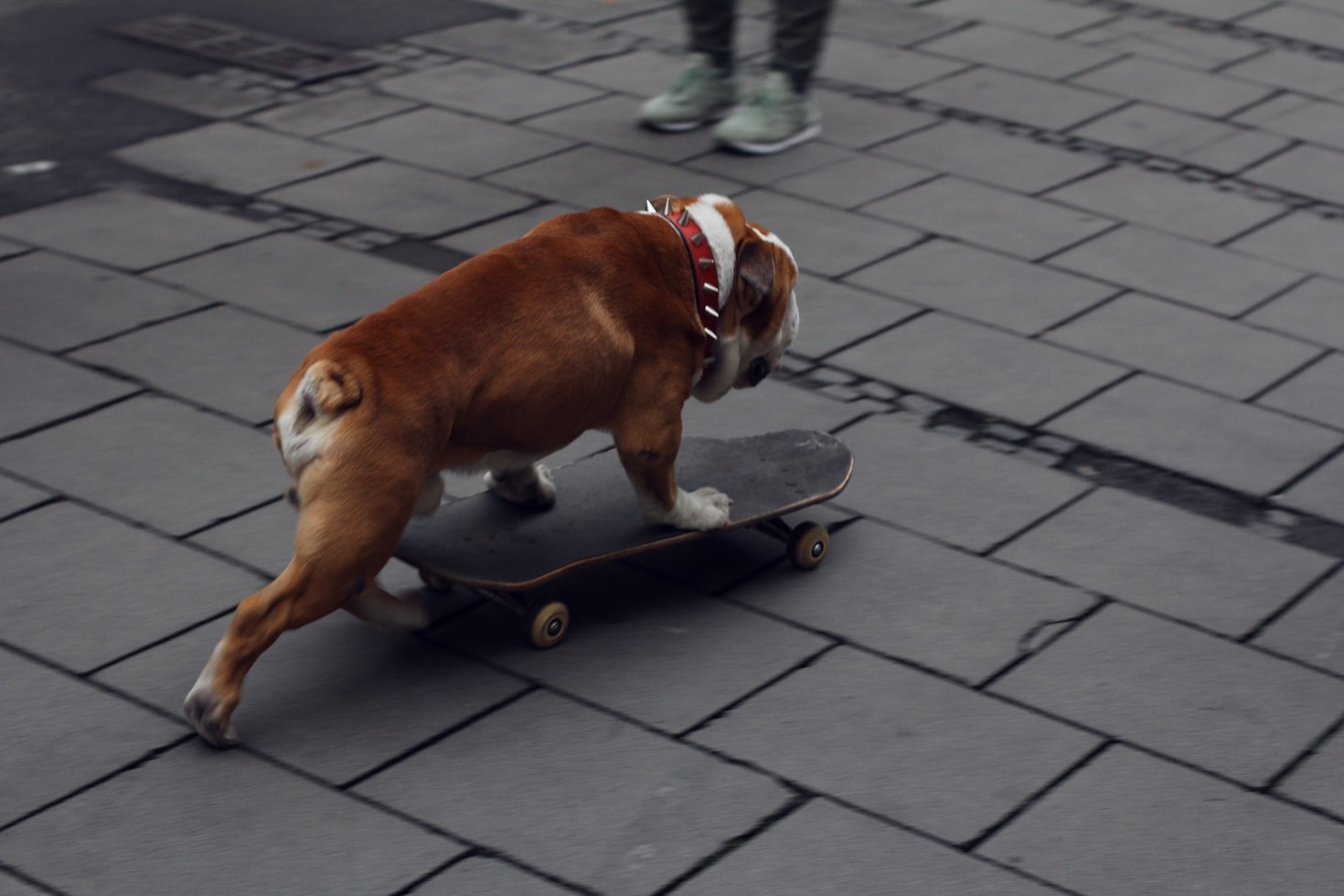
Leave a Reply